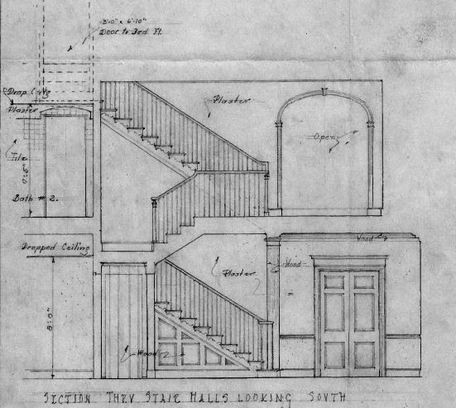By Elizabeth Hughes, Maryland Historical Trust Director
In 1961, the world was changing – and fast. This was the year that Soviet cosmonaut Yuri Gargarin became the first human to fly in space. It was the year in which Freedom Riders began interstate bus rides, to test the U.S. Supreme Court rulings on desegregation. It launched a decade of Cold War intrigue as construction of the Berlin Wall got underway, and the Bay of Pigs failure laid the groundwork for the Cuban Missile Crisis. In this same year, the Maryland Historical Trust was born.
Authorized on May 3, 1961, MHT was “created for the purpose of preserving and maintaining historical, aesthetic, and cultural properties, buildings, fixtures, furnishings and appurtenances pertaining in any way to the Province and State of Maryland from earliest times, to encourage others to do so and to promote interest in and study of such matters.”
After sixty years, a lot has changed. Certainly, the language of that purpose clause no longer rings true today. We recognize the history of this place predates European concepts of a Maryland “province” or “state.” MHT‘s mission is no longer concerned with “fixtures” and “furnishings” and has expanded to consider archaeology and landscapes. We no longer operate as an independent entity, but we are a bigger and better funded agency. Today, each state has a State Historic Preservation Office, but in 1961, Maryland was unusual in committing state support to our shared cultural heritage. With the passage of the National Historic Preservation Act in 1966 and subsequent programs to foster preservation and archaeology, a network of federal, state, and local partners has grown to support these important efforts around the country. Of course, in more recent memory, our ways of working have also shifted: email correspondence, webinars, and virtual meetings have all but replaced faxes, hard copies, and in-person workshops. What else needs to change and what should remain the same?
As we celebrate our diamond anniversary this Preservation Month, I would like to hear from you. Please use this simple Google Form to give us your thoughts and let us know what you’d like to see from us in the future. In the next few weeks, in response to feedback we received from our recent COVID-19 survey of historic and cultural organizations, I will also host a virtual listening session to learn more from our constituents about current challenges and help encourage peer-to-peer exchange. Depending on demand, we may offer additional sessions going forward. Watch our Facebook page or sign up for news if you’d like to register!
Thanks in advance for sharing with us, and here’s to the next sixty years!
















